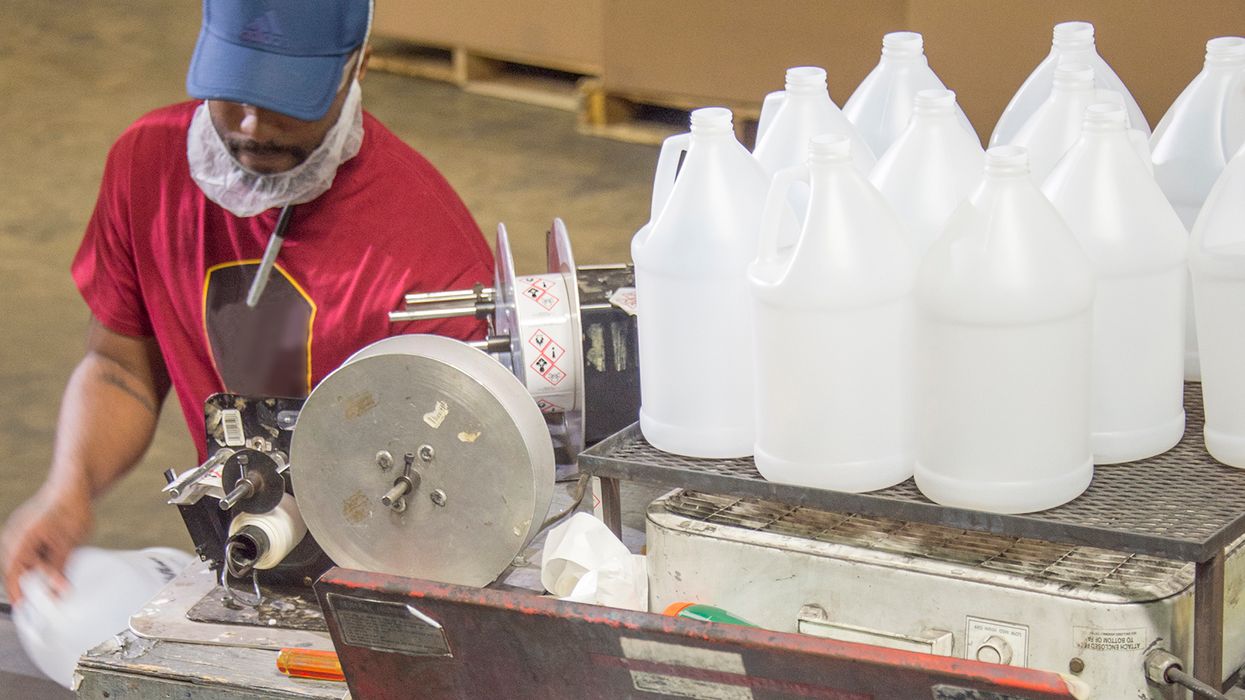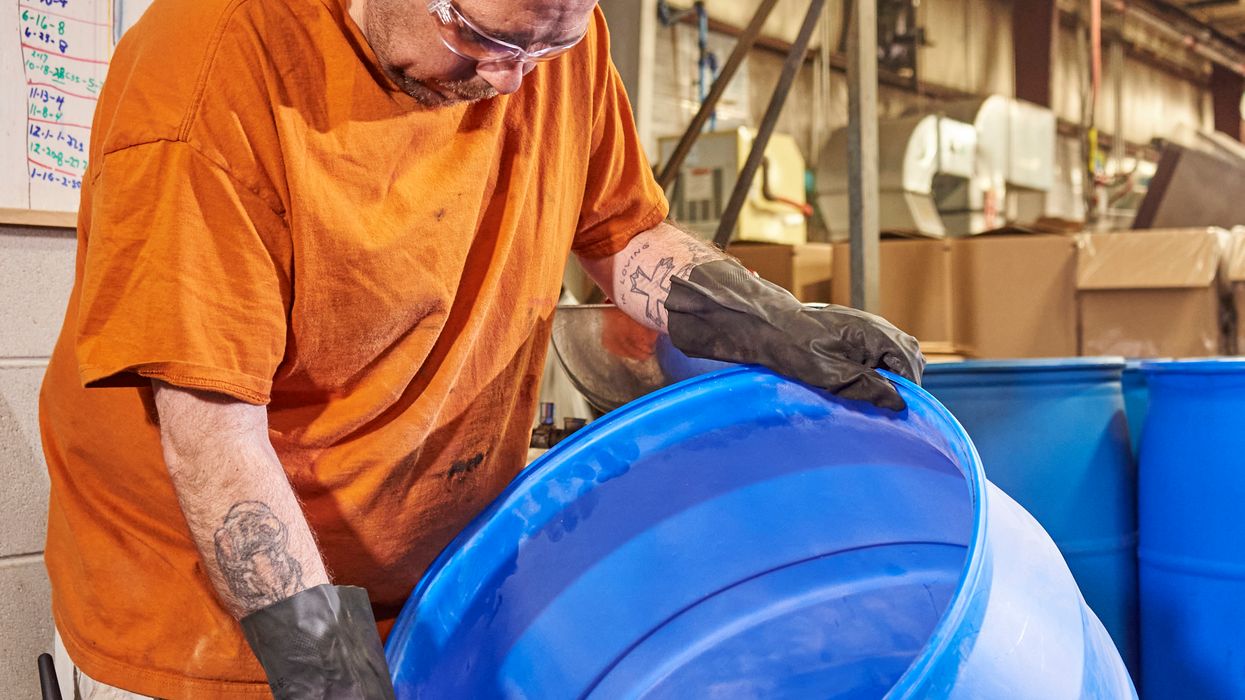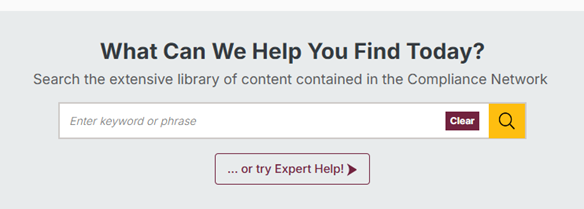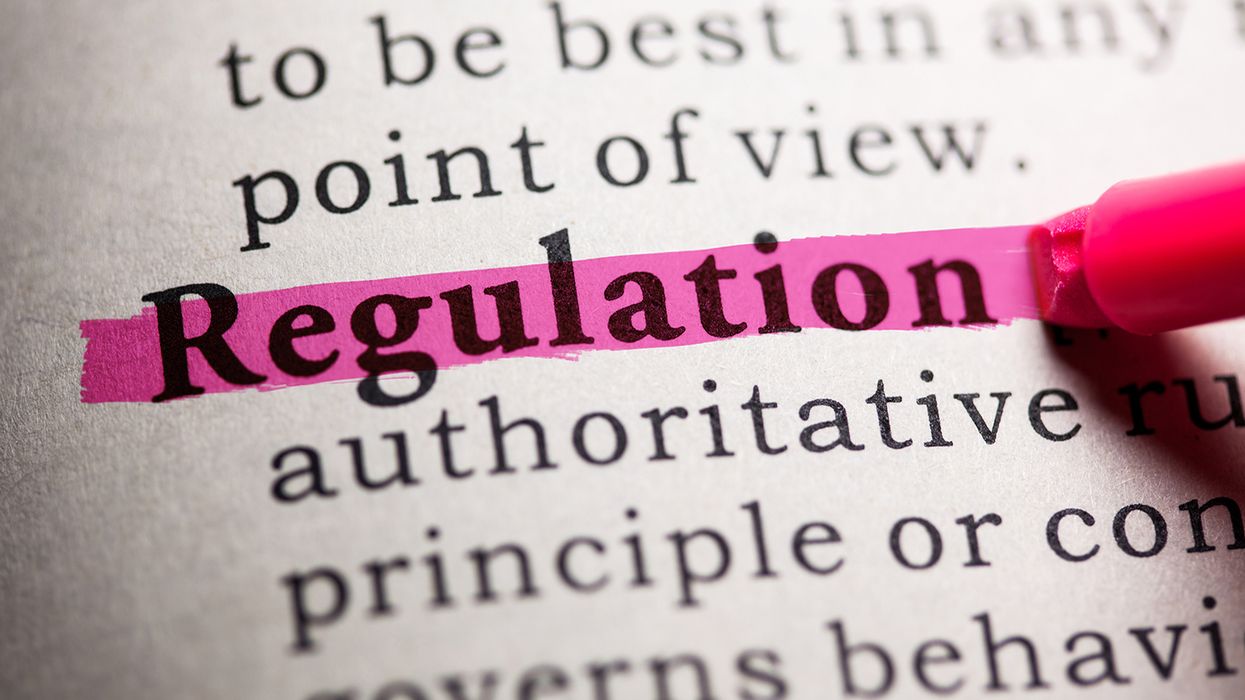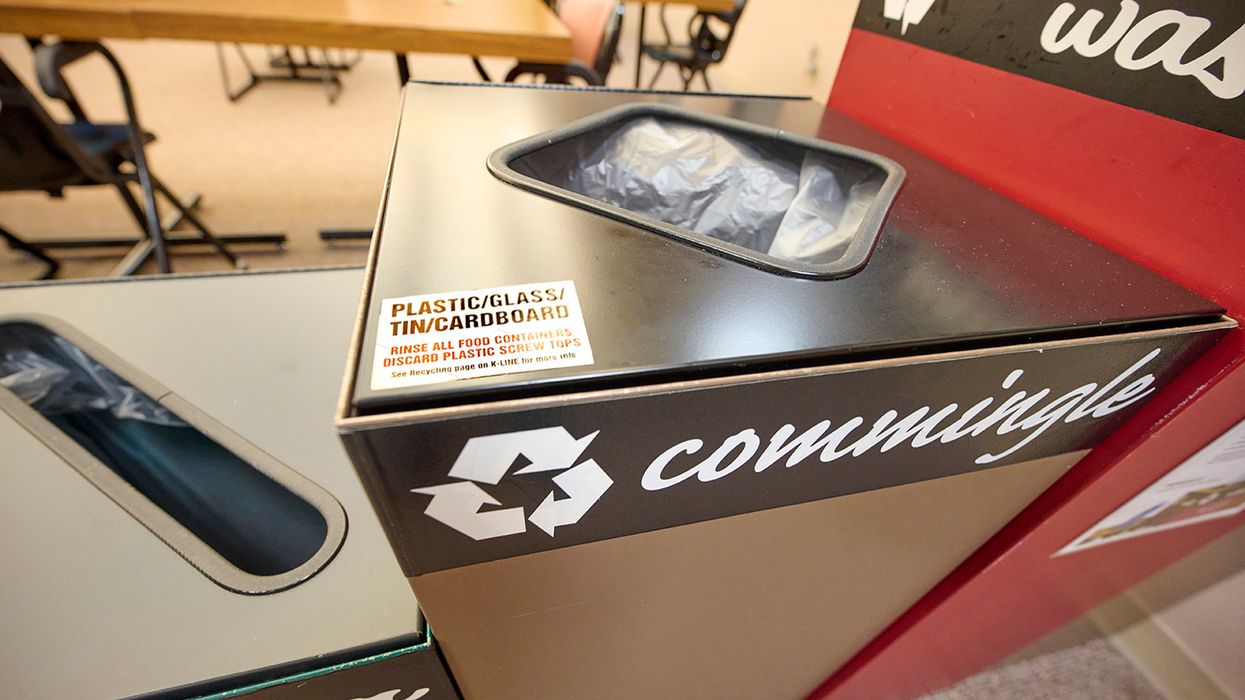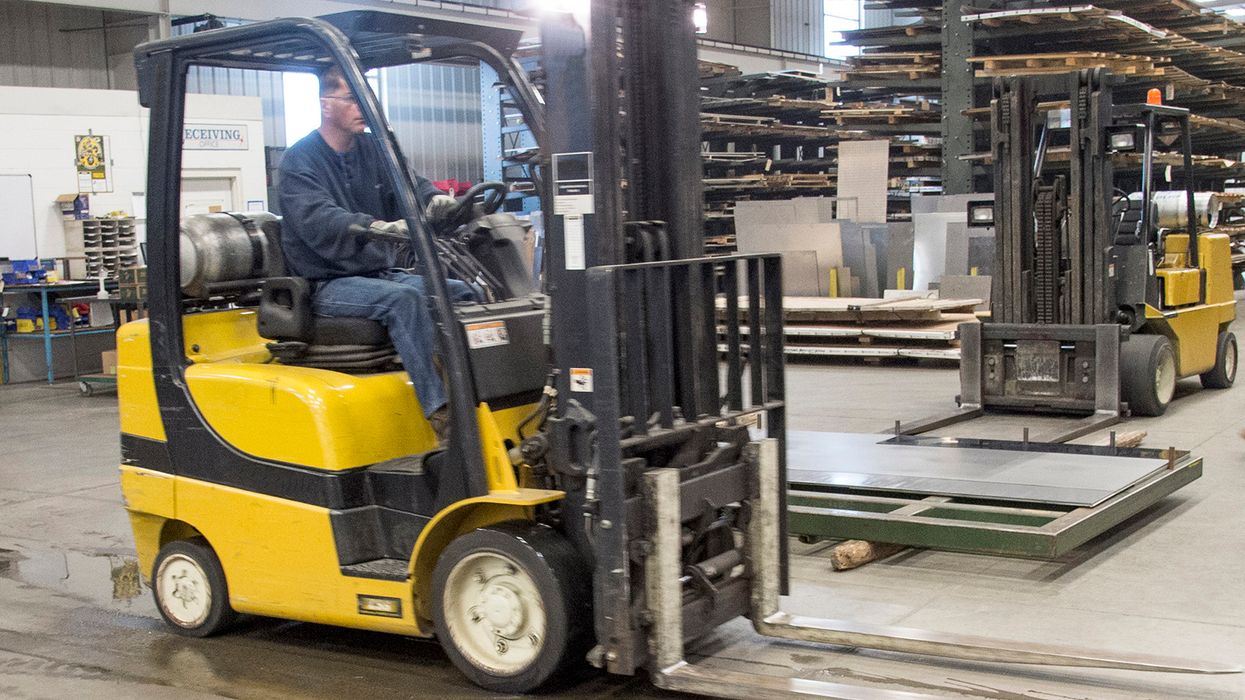Roadside impairment screening in Canada Carrier options and advice
Motor carriers in Canada have it tough when trying to combat impaired driving among their commercial driver employees. Driver drug and alcohol testing is not mandated, and carriers are left to figure it out themselves. If you don’t yet have a program in place, but you want to implement one, it can be difficult to know where to start. The first step you can take is to gain some understanding of how enforcement officers determine impairment. You can also use the Construction Owners Association of Alberta (COAA) model guidelines for drug and alcohol testing programs. Knowing more about roadside testing and the model guidelines will help you start developing your policies and testing programs accordingly.
Impaired driving basics
Impaired driving is the term used in Canada to describe the criminal offense of operating, having care, or control of a motor vehicle while the person's ability to operate the motor vehicle is impaired by alcohol or drugs.
What is roadside impairment testing?
In Canada there are currently three types of tests that can be administered by the police and are dependent on what impairment they suspect:
- Standard Field Sobriety Test (SFST), for alcohol or drug impairment.
- Breath test for impairment due to alcohol; and
- Oral fluid (saliva) test for impairment due to drugs.
The police do not have to suspect that a driver is impaired before they stop a vehicle. In fact, the police have the legal right to conduct random spot checks for impaired drivers. Although drivers are not required to respond to questions by the police, failing to do so may arouse suspicion that the driver has consumed alcohol or drugs. If so, the police can administer one of the three roadside impairment screening tests.
Determining impairment
With alcohol, it’s relatively simple: impairment relates to measurable blood alcohol content. A breath test provides an accurate representation of impairment and how impairment relates to measurable blood alcohol content. But drugs don’t behave the same way in your body, so drug impairment is much more complex. Let’s focus on the third test – Oral Fluid (Saliva) testing. An oral fluid (saliva) test tests for the presence of drugs in the saliva within the last 48 hours. In contrast to the mandatory breath screening test, police do need to have a reasonable ground to suspect that drivers have drugs in their systems in order to demand that they take a roadside oral fluid screening test.
Reasonable grounds to suspect a driver is under the influence could include a driver who is:
- Erratically moving in and out of lanes,
- Following other vehicles at unsafe distances, or
- Having red eyes, muscle tremors, or unusual speech patterns, etc.
How to tailor your policies and procedures
The COAA introduced the Canadian Model for Providing a Safe Workplace (the Canadian Model) as a best practice alcohol and drug policy that stakeholders in industry across Canada can adopt and follow. The purpose of the Canadian Model is to ensure a safe workplace for all workers by reducing the risks associated with the inappropriate use of alcohol and drugs.
Remember, the police do not have to suspect that a driver is impaired before they stop a vehicle. Making sure your drivers are aware of roadside impairment screening processes, and ensuring you have tailored alcohol and drug policy and procedures, and a standard approach is best practice. The COAA has several supporting documents to guide you in preventing impaired drivers from operating your vehicles
Visit https://www.coaa.ab.ca/library/canadian-model-version-6/ for the COAA guidelines.
Key to remember: Because driving under the influence puts people at a higher risk for crashes, companies need to ensure they have robust Drug and Alcohol policies and processes in place. Drivers must also be aware of what to expect at roadside checks.

























